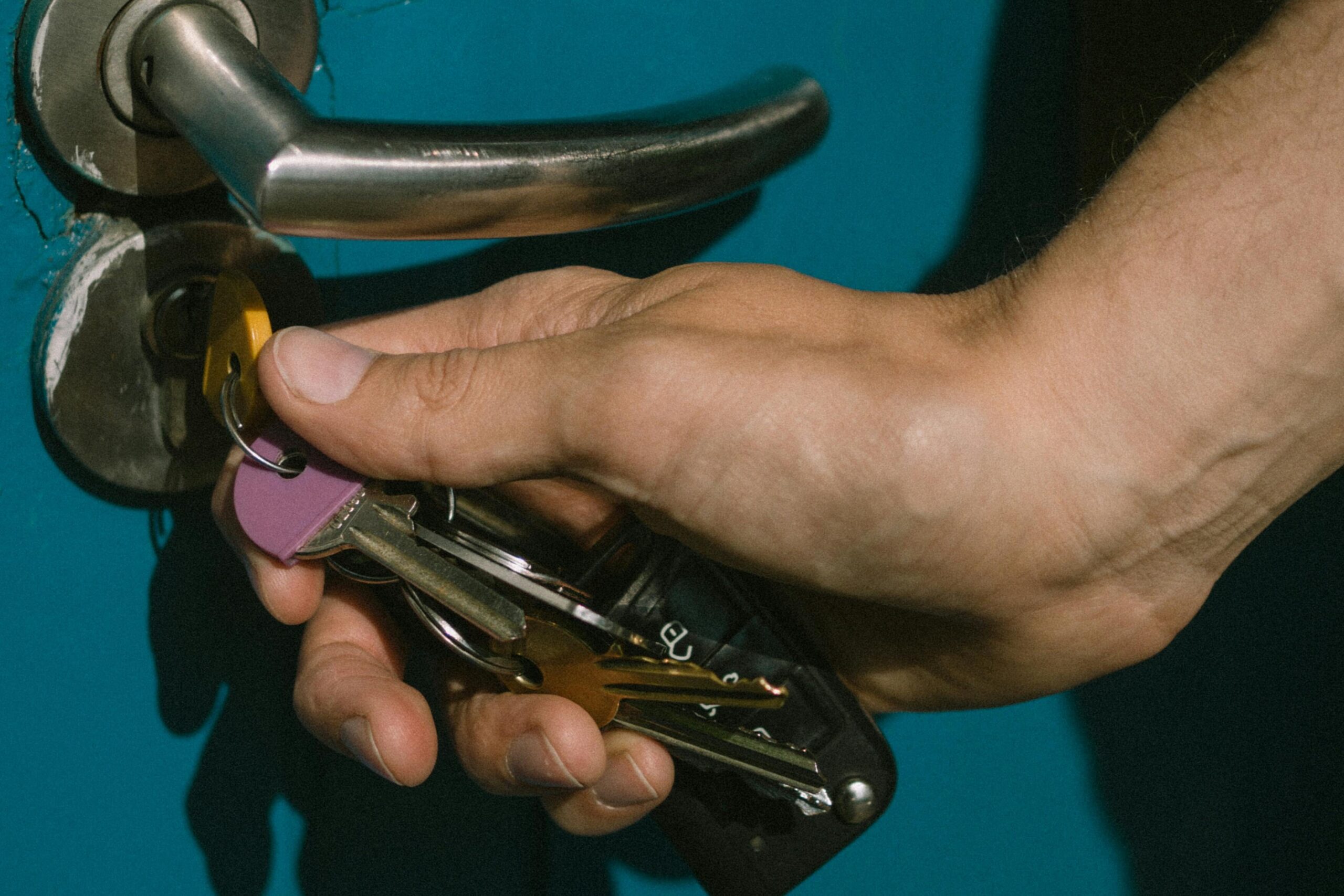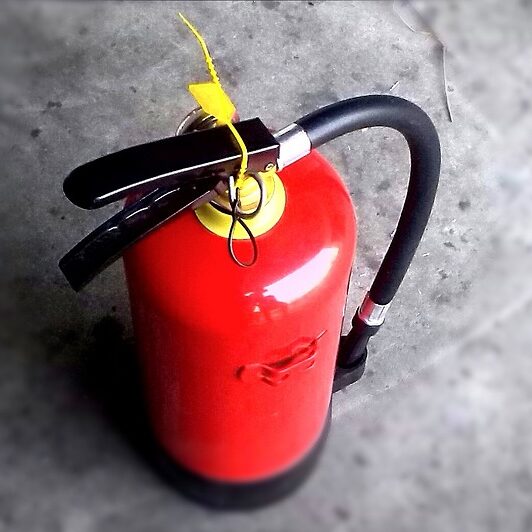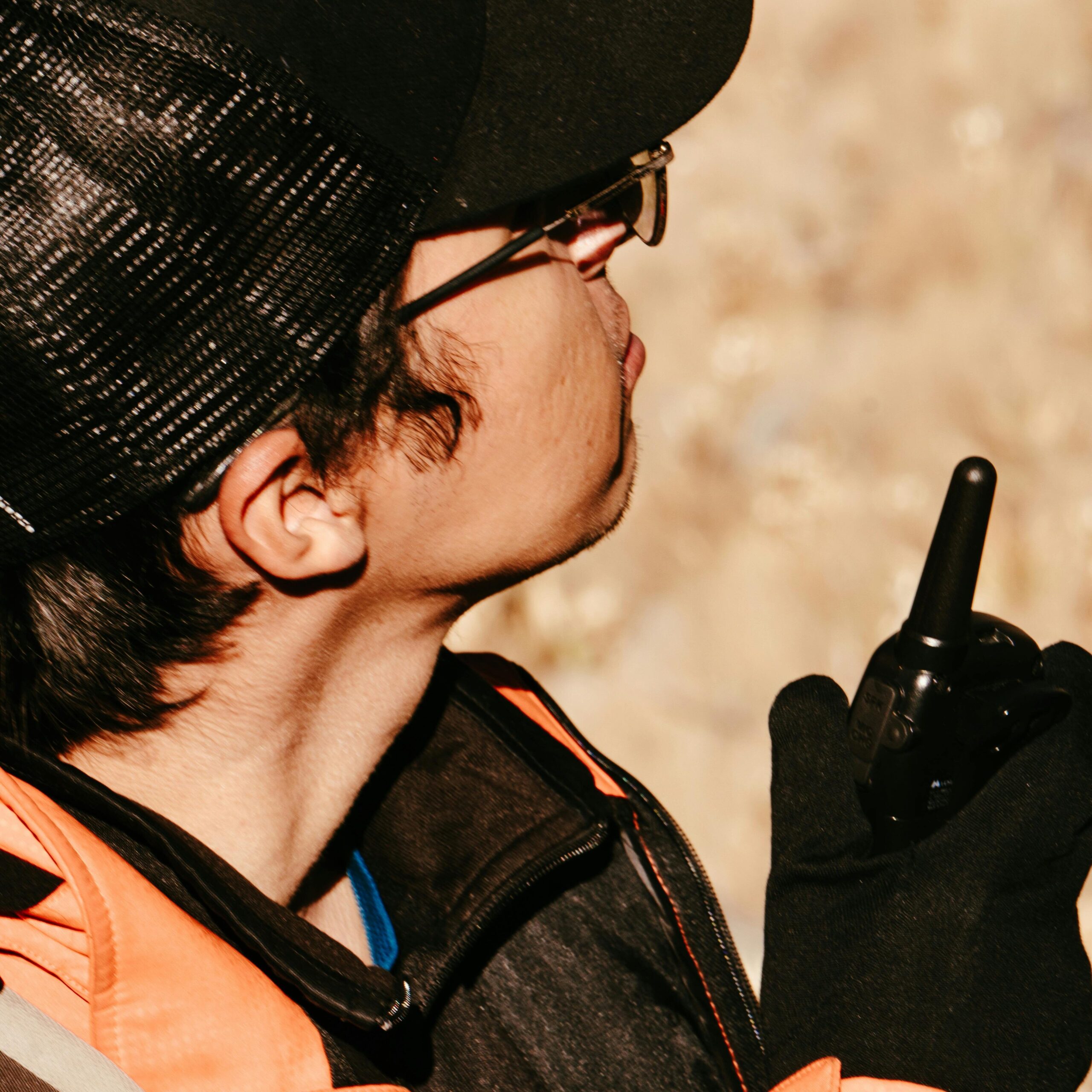
Whether you live in an apartment, a house in a suburban neighborhood, or a housing development, preparing your home as a survival shelter is a critical element for making sure you and your loved ones stay safe and secure when an emergency or disaster happens. From natural disasters like earthquakes, floods, and hurricanes, to economic or social crises, having a well-prepared home can make all the difference. In this post, we’ll take you through the key steps to transform your house into a survival shelter—without breaking the bank. Let’s dive into the top strategies to make your home ready for any disaster.
1. Reinforce Your Home’s Entry Points
The first line of defense when preparing your home for a survival situation is securing your entry points. A well-secured house can prevent intruders from breaking in and protect your family from external threats. Here’s how to do it:
- Reinforce doors: Upgrade your doors with deadbolts or consider installing a security bar or door jammer. Strong steel doors provide added protection from external threats or even extreme weather conditions.
- Secure windows: Adding security film, window locks, and metal bars can make it harder for windows to break during storms or civil unrest. Alternatively, use plywood to board up windows if you need extra protection.
2. Designate and Prepare a Safe Room
In a disaster, a designated safe room is crucial for providing shelter from potential danger, whether it’s a storm, fire, or civil unrest. Choose a central, windowless room such as a basement (if you have one), an interior closet, a bathroom, or a small room away from external walls. Here’s how to set it up:
- Stock it with essentials: Make sure your safe room is equipped with a survival kit that includes food, water, first aid supplies, extra clothing, flashlights, batteries, and a portable radio for communication.
- Provide protection: In the event of falling debris or a violent situation, use heavy furniture, mattresses, or cushions to create a shield in your safe room. Consider adding extra padding around windows and doors to minimize risk.
3. Stockpile Non-Perishable Supplies

Stockpiling is one of the most important tasks when prepping your home for survival. A well-stocked pantry will ensure you have the resources needed during a disaster when grocery stores may be closed or inaccessible. Focus on long-lasting items that don’t require refrigeration:
- Water: Store at least 1 gallon of water per person per day for a minimum of 3-7 days.
- Food: Include canned goods (soups, vegetables, beans), freeze-dried meals, pasta, rice, peanut butter, and protein bars. Don’t forget to have a manual can opener on hand!
- First aid supplies: Have bandages and gauze, antiseptic wipes, pain relievers, and any prescription medications you or your family may need. You can also include personal hygiene items like soap, toothpaste, and feminine hygiene products.
4. Backup Power and Heating/Cooling
Power outages are common during emergencies, and a reliable backup power source is crucial for your survival. Your home should have options for both heat and light if the grid goes down:
- Battery-powered lights: Invest in LED flashlights, headlamps, and solar-powered lights that are ready to go when the lights go out. Don’t forget spare batteries!
- Backup generator: A portable generator can power essential appliances like your refrigerator or charging devices. Be sure to store extra fuel and know how to operate the generator safely. Never operate a generator indoors due to the risk of carbon monoxide (CO) poisoning.
- Alternative heating or cooling: In extreme temperatures, it’s important to have a plan to stay comfortable. Portable heaters (that don’t rely on electricity) or battery-powered fans can be life-saving in an emergency.
- Other backup power source: In apartments, if you have one without a balcony or outdoor area where you can use a generator, look into compact solar-powered chargers that can operate smaller appliances and cell phones.
5. Fire Safety and Prevention

Fire hazards are a significant risk during any disaster. Protect your home by ensuring you have the tools to prevent and manage a fire if necessary:
- Fire extinguishers: Have fire extinguishers in core areas, such as the kitchen, garage, and near your safe room. Make sure everyone in your household knows how to use them.
- Smoke detectors: Make sure smoke detectors are working and have fresh batteries. Test them monthly and install carbon monoxide detectors for added safety.
- Fireproof storage: Store important documents (passports, birth certificates, insurance policies) in fireproof boxes to ensure they’re safe during a fire or natural disaster.
6. Secure Alternative Cooking Methods
In the event of a disaster, your stovetop or oven may not be functional. Having alternative cooking methods is essential for survival. Consider these options:
- Camping stove: A portable camping stove can be used indoors (but ONLY with proper ventilation) to cook meals without electricity.
- Propane grill: For outdoor cooking, a propane grill or a solar oven can be excellent alternatives for heating food.
- MREs: If you don’t have access to a stove, consider adding freeze-dried meals or ready-to-eat meals (MREs) to your stockpile.
7. Plan for Communication and Evacuation

In any disaster scenario, staying in touch with loved ones and local authorities is critical. Additionally, you should know your options for evacuation if staying in your home becomes unsafe:
- Emergency contacts: Make sure everyone in your household knows emergency contact numbers. Consider a local meetup point if phones or the internet go down.
- Battery-powered radio: A battery-operated or hand-crank radio is essential for receiving emergency alerts and news updates during a disaster.
- Long-range walkie-talkies: These typically can have a range of 1 to 35 miles and allow you and your family to communicate when cell service is down.
- Evacuation routes: Familiarize yourself with multiple evacuation routes out of your home and neighborhood. Create a go-bag that includes essentials such as identification, extra clothing, and important documents.
8. Mental and Emotional Preparation
While physical preparedness is critical, mental readiness is equally important. A disaster can cause stress, anxiety, and uncertainty, and having strategies in place can help you cope:
- Stress management: Practice relaxation techniques, like deep breathing or mindfulness, to calm nerves. Keeping a calm demeanor in a crisis will help others feel safe as well.
- Family communication: If you live with others, hold a family meeting to discuss your survival plans. Assign roles and discuss any concerns so everyone knows what to expect.
- Stay connected: If you’re living alone, stay in touch with friends or neighbors to provide mutual support. Social connections are vital in times of stress.
- Distraction Tools: Have items on hand that help distract you or family members. A deck of cards, Mad Lib books, coloring books, pens, notepads, reading material, and small games, and help time go faster and take your mind off of what may be going on outside.
Conclusion
Making your home a survival shelter is all about creating a safe, self-sufficient space where you and your family can weather any storm. By reinforcing entry points, securing backup power, stocking up on essentials, and creating an emergency communication plan, you’ll be prepared for whatever life throws your way. Remember, preparing doesn’t have to be overwhelming. Take it one step at a time, and soon you’ll have a home that’s ready for any disaster.

Leave a Reply